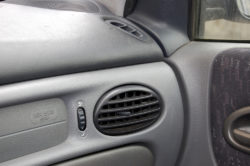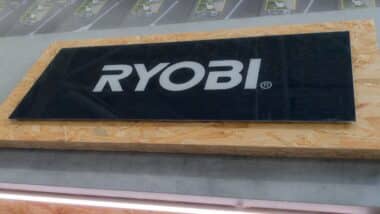 Are you affected by the GMC Sierra Takata recall? Victims, including drivers and passengers who have been injured by defective Takata airbags, may be able to hold the manufacturer of the airbags responsible, along with automakers like GMC.
Are you affected by the GMC Sierra Takata recall? Victims, including drivers and passengers who have been injured by defective Takata airbags, may be able to hold the manufacturer of the airbags responsible, along with automakers like GMC.
Takata Airbags Facts
Takata airbags use a dangerous and volatile chemical known as ammonium nitrate. This chemical, however, can cause the airbag to explode, causing passengers and drivers to suffer severe injuries. It can cause the release of metal shards into the vehicle.
Takata is a Japenese auto parts manufacturing company. It is one of the largest airbag suppliers in the world.
Although its airbags were represented to be safe and effective and to prevent deaths and injuries to its passengers and drivers, Takata airbags have been linked to at least 17 deaths and more than 180 injuries worldwide.
Several automakers have recalled hundreds of thousands of their vehicles because they contain the Takata-made ammonium nitrate airbags. The propellant in these airbags has been reported to degrade over time, becoming more volatile and putting those inside the car at risk.
GMC Sierra Takata Recall Airbag Overview
One automaker who has recalled its vehicles is GMC. Vehicles that have been affected by the GMX Sierra Takata recall include the 2010-2014 Sierra HD, 2010-2013 Sierra LD, 2010-2014 Yukon, and the 2010- 2014 Yukon XL.
The GMC Sierra Takata recall was issued to the potentially deadly defects linked to its airbags. According to the GMC Sierra Takata recall, the front passenger and driver can both become injured and severely hurt when the front airbags explode. Deaths of passengers and drivers have occurred due to airbag explosions.
The defect at the heart of the GMC Sierra Takata recall is a problem with the airbag inflator. The airbag inflator is comprised of a metal cartridge which is loaded with a propellant. It is designed to inflate very quickly once it becomes activated.
But, according to the GMC Sierra Takata recall, these airbags may explode with so much force that the metal cartridge ruptures. As it ruptures, it sends metal shrapnel flying throughout a vehicle, possibly injuring the passengers and driver. The airbag, instead of acting as a life-saving device, acts more like a hand grenade.
The ammonium nitrate within the Takata airbags is also the same chemical that is used to create bombs. Under normal circumstances, the airbags should not deploy with so much force. The explosive should allow the airbag just enough force to deploy.
But due to a lack of drying agent, the ammonium nitrate propellant degrades–particularly in hotter and more humid conditions. Degraded propellant can cause the airbags deploy with too much force, allowing a serious injury to occur to a vehicle’s passengers and driver.
Do YOU have a legal claim? Fill out the form on this page now for a free, immediate, and confidential case evaluation. The airbag injury attorneys who work with Top Class Actions will contact you if you qualify to let you know if an individual defective airbag recall lawsuit or defective airbag recall class action lawsuit is best for you. [In general, defective airbag recall lawsuits are filed individually by each plaintiff and are not class actions.] Hurry — statutes of limitations may apply.
ATTORNEY ADVERTISING
Top Class Actions is a Proud Member of the American Bar Association
LEGAL INFORMATION IS NOT LEGAL ADVICE
Top Class Actions Legal Statement
©2008 – 2025 Top Class Actions® LLC
Various Trademarks held by their respective owners
This website is not intended for viewing or usage by European Union citizens.
Get Help – It’s Free
Join a Free Airbag Recall Class Action Lawsuit Investigation
If you qualify, an attorney will contact you to discuss the details of your potential case at no charge to you.
Please Note: If you want to participate in this investigation, it is imperative that you reply to the law firm if they call or email you. Failing to do so may result in you not getting signed up as a client, if you potentially qualify, or getting you dropped as a client.
E-mail any problems with this form to:
[email protected].
Oops! We could not locate your form.












